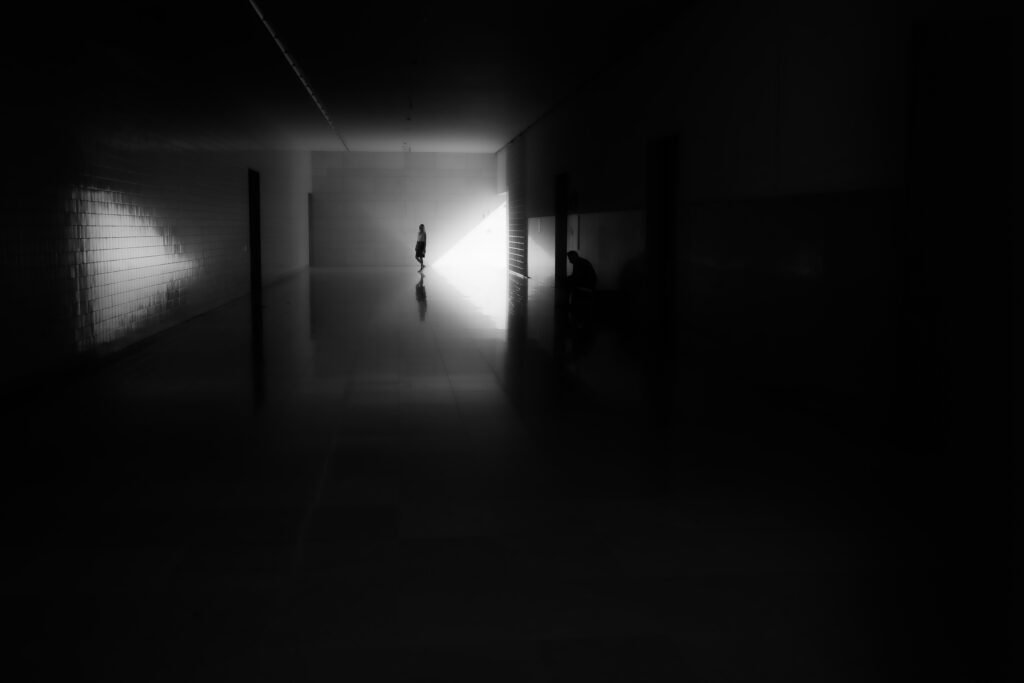
Why the Void We Fear Isn’t What We Think
When we examine the meaning of nothingness through Husserl’s lens of temporal consciousness, we discover that present experience always involves retention (holding the just-past) and protention (anticipating the future). Consciousness exists as a flowing synthesis of temporal horizons rather than discrete moments. This very structure enables consciousness to project toward its own apparent termination, creating the illusion we interpret as nothingness.
Heidegger’s being-toward-death illuminates the meaning of nothingness as inherent to our finite existence. Death anxiety arises not from approaching genuine annihilation, but from consciousness confronting its own essential temporality and limitations.
The Buddhist concept of śūnyatā (emptiness) transforms the meaning of nothingness. Rather than absolute non-existence, it reveals the absence of independent, inherent existence. The self that fears annihilation never existed as a substantial entity to begin with—it was always an interdependent process.
Sartre’s analysis shows how the meaning of nothingness emerges from consciousness’s essential freedom—its capacity for negation. The same freedom that lets us imagine alternatives also enables us to conceive our own absence, generating the phenomenological reality of nothingness.
From quantum physics, we learn that even cosmic “nothingness” is richly structured—the quantum vacuum seethes with virtual particles. Heat death represents maximum entropy, not annihilation. Information theory suggests consciousness correlates with integrated information; death becomes information disintegration rather than substantial destruction.
The resolution: the meaning of nothingness is neither conceptually impossible nor existentially inevitable in the absolute sense. What we call nothingness is consciousness’s encounter with its own temporal finitude. The void we fear is the very temporal horizon that makes consciousness possible.
The deepest meaning of nothingness emerges from temporal consciousness’s necessary but impossible attempt to represent its own boundaries. We don’t approach genuine annihilation but encounter the structural limits of what consciousness can represent.
Share Your Reflection
Your insights enrich our collective understanding. What thoughts does this spark in your mind?